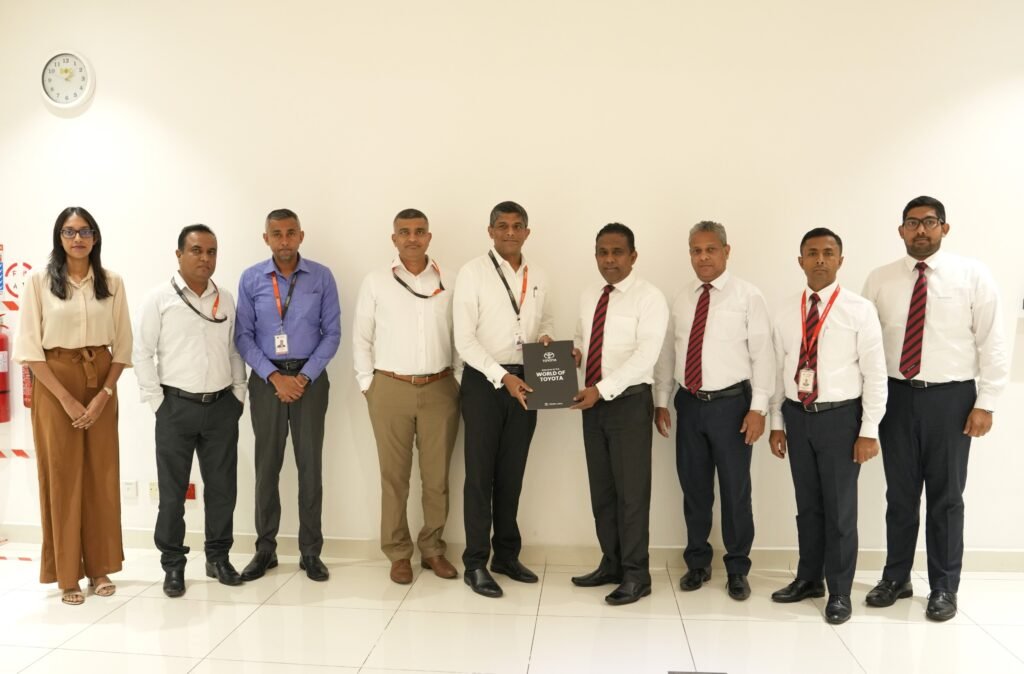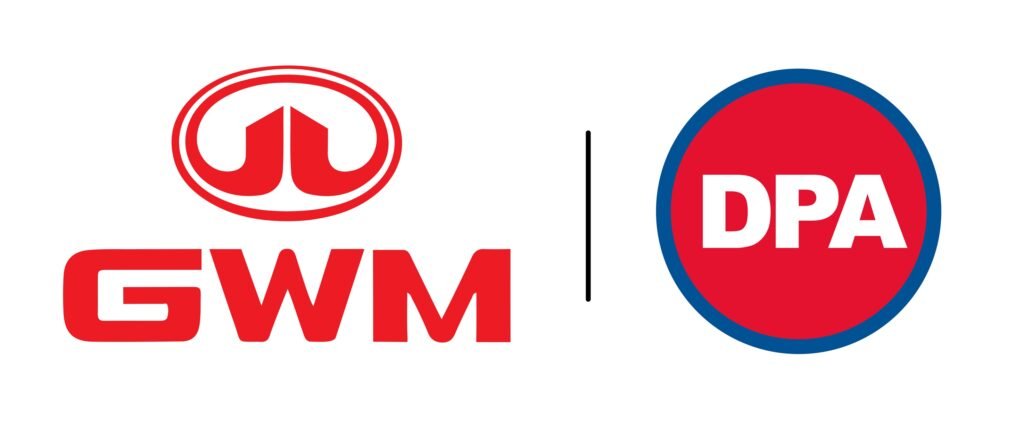Sri Lanka’s apparel industry, a cornerstone of the nation’s economy, finds itself at a critical juncture. As the sector continues to recover from the COVID-19 pandemic and navigates ongoing economic challenges, the UK’s Developing Countries Trading Scheme (DCTS) has emerged as a potential lifeline. However, this opportunity comes with its own set of hurdles, particularly for the small and medium-sized enterprises (SMEs) that are the backbone of the industry.

The DCTS replaces the previous Generalized Scheme of Preferences (GSP), offering Sri Lanka improved access to the UK market with over 99% of goods exported from Sri Lanka eligible for zero tariffs. Given that the UK is Sri Lanka’s second-largest market for apparel, this scheme could significantly boost export revenues and provide much-needed stability for the industry. Mara Waters, Director of Trade at the British High Commission, emphasizes the importance of the DCTS for Sri Lanka: “This scheme is not just about boosting trade; it’s about supporting sustainable development in partner countries. For Sri Lanka, it’s about building economic resilience, creating jobs, and ensuring that the benefits of trade reach the entire community, including those in the SME sector.”
In the first 11 months since the DCTS came into effect, from July 2023 to May 2024, the total value of goods imported from Sri Lanka to the UK reached £571 million. Of this, £304 million worth of goods benefited directly from the DCTS, underscoring the scheme’s significant role in supporting Sri Lankan exports during this period.
The DCTS is particularly beneficial due to its focus on accessibility. By reducing tariffs, liberalizing rules of origin, and simplifying trade conditions, the scheme aims to enhance Sri Lanka’s competitiveness in the UK market. For an industry that relies heavily on imported textiles and raw materials, the DCTS’s flexible rules of origin are a game-changer. These rules allow Sri Lankan manufacturers to source materials from other countries without losing their tariff-free status, making their products more competitive in the global market.
Yet, despite the clear advantages, the Sri Lankan apparel industry faces significant challenges in fully capitalizing on the DCTS. The Joint Apparel Association Forum (JAAF), which represents the sector, has raised concerns about the current rules of origin requirements under the DCTS. They argue that these rules, which are similar to those from the previous GSP+ scheme, limit the industry’s ability to maximize the scheme’s benefits.
One of the key recommendations from JAAF is the extension of cumulation—a trade mechanism that allows materials from multiple countries to be considered as “originating” when used in production. Sri Lanka is happy to note that the UK will be reexamining the Rules of Origin under the DCTS scheme and is confident that this would help Sri Lanka get a better utilization from the scheme. “If Sri Lanka can secure extended cumulation, or a change from the double transformation rules, this would increase the percentage of goods qualifying for duty-free imports, which currently stands at only about 50%. This would significantly enhance the benefits of the DCTS for Sri Lankan apparel manufacturers.” Yohan Lawrence, Secretary General of JAAF said.
Sri Lanka’s apparel industry, despite its potential, faces considerable challenges as it seeks to capitalize on opportunities presented by the DCTS. The ongoing economic crisis has severely impacted SMEs, limiting their ability to access capital necessary for upgrading facilities, adopting new technologies, and meeting international standards—efforts that are costly, particularly in transitioning to sustainable energy.
Sri Lanka’s strengths in design and the global shift towards sustainability offer a competitive edge in high-value markets like the UK and EU. By leveraging its sustainability narrative and reducing dependence on China, the country could unlock new growth opportunities.
New regulations from key markets like the UK, the EU and USA will continue to bring pressure on manufacturers to demonstrate greater transparence and traceability of the supply chain. This will add another layer of complexity for SMEs that may not be prepared for this change. Despite these challenges, the DCTS offers a critical opportunity for the sector. Success will depend on collaboration between the industry, government, and international partners to address these obstacles effectively.
The UK’s decision to reduce tariffs on additional products under the DCTS highlights the scheme’s potential. With Sri Lanka targeting to increase apparel exports, maintaining or increasing this volume is crucial as the country works through its economic recovery. However, the future remains uncertain, with the risk of losing DCTS Enhanced Preferences as economies develop.
In conclusion, Sri Lanka’s apparel industry is at a pivotal point. While the DCTS offers a promising path forward, overcoming the challenges ahead will require careful planning and strategic collaboration to ensure the sector continues to thrive and contribute to the country’s economic future.






